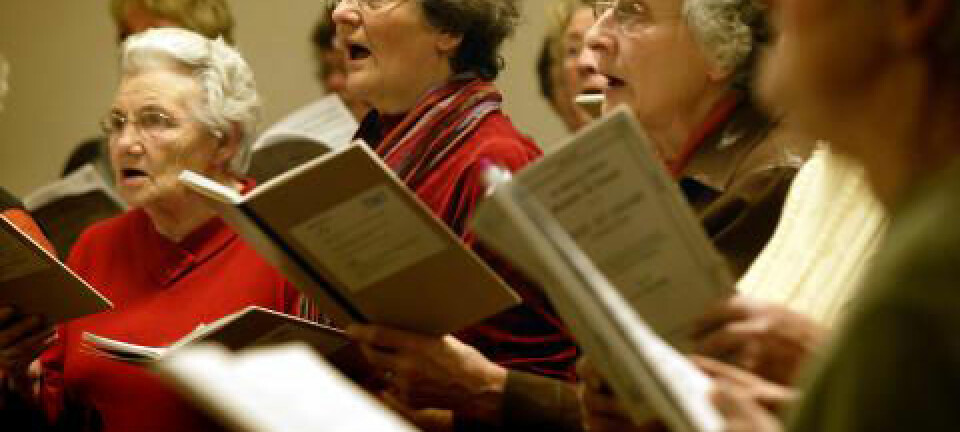
Screening doesn’t curb heart disease deaths
A Norwegian study concludes there is little to gain by screening the general population for cardiovascular problems.
Denne artikkelen er over ti år gammel og kan inneholde utdatert informasjon.
Cardiovascular disease is the major cause of death in the industrialised world. Many people who die suddenly of heart disease have experienced no previous symptoms.
This raises the question: Could a screening of the general population have prevented many of these deaths?
“The number of heart examinations using echocardiography has spiked in recent years, especially in the USA,” says Haakon Lindekleiv of the University of Tromsø.
Such ultrasound analyses of the heart can reveal several anomalies and disorders, for instance problems with cardiac valves, the heart muscles or the arteries and veins connected to the heart.
However, Lindekleiv and his colleagues assert that such controls are of little use to most people. A large Norwegian study has shown that such screening did not reduce the risk of death, heart attacks or strokes.
Found heart disease
The cohort study, part of the Tromsø Health Study, included 6,861 middle-aged persons split into two groups. Members of one were given echocardiographs; the others were not subjected to this ultrasound test of their hearts.
The study did uncover cardiovascular disease. Among the 3,272 members of the echocardiograph group, 249 had heart disease. This represented 7.6 percent of this group.
These persons were followed up by medical personnel at the Division of Cardiothoracic and Respiratory Medicine at the University Hospital of North Norway in Tromsø.
But when the two groups were checked up again 15 years later, little indicated that the screening had any impact on their health.
Failed to prevent sickness and death
There was no difference between the two groups as regards frequency of sudden death, deaths following a cardiovascular disease diagnosis, or cases of cardiac arrests and strokes.
“This substantiates the general guidelines which refrain from calling for an echocardiographic screening of the general public,” says Lindekleiv.
He stresses that this conclusion refers to the general public, not people who are known to be particularly vulnerable.
Echocardiographs of healthy persons can still be necessary for persons whose close family members died of acute and sudden heart problems or who otherwise run a genetic risk of cardiovascular diseases.
Other healthy persons – for example elite athletes who train very hard – can also need a screening.
Many benign conditions
Lindekleiv suggests a number of reasons why detecting a cardiovascular disease among some of the patients had no preventive effect against the disorder or against death later on.
“Serious heart disease was found in a just a few cases. Much of what was detected was relatively benign.”
“These could be conditions which would never result in any symptoms, or cases where early intervention wouldn’t necessarily have an impact on the progression of the disease.”
Screening can also have negative consequences for some people. The heart condition was not really serious in many of the cases where irregularities were found.
But such findings can trigger insecurity and unwarranted fears of disease, points out Lindekleiv, and this in turn can reduce life quality.
Reference:
H. Lindekleiv, M. L. Løchen, E. B. Mathiesen, I. Njølstad, T. Wilsgaard, H. Schirmer, Echocardiographic Screening of the General Population and Long-term Survival A Randomized Clinical Study, JAMA Internal Medicine, June 22 2013
---------------------
Read the Norwegian version of this article at forskning.no
Translated by: Glenn Ostling



































